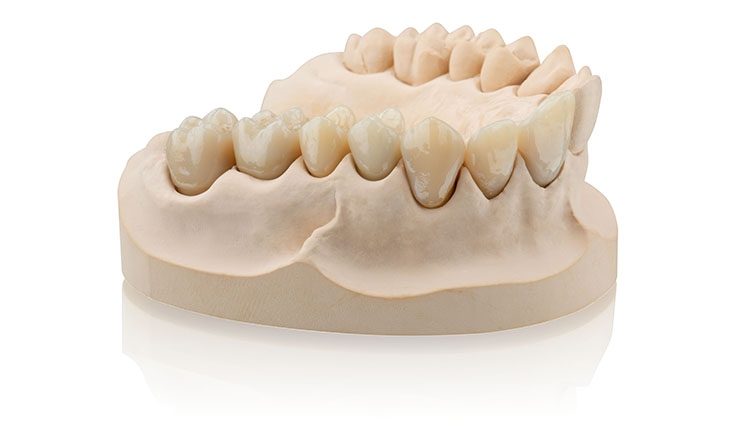As a dentist, I would even be the first to admit that the dentist office sometimes isn’t the most exciting place to go. But what I can tell you is that might start to change in the next few years as the advancements of 3D printing and digital scanning will start to accelerate their way into the majority of dental offices. On November 13th at 1PM in partnership with Do Space, thanks in part to the generosity of Henry Schein, a distributor leading the way in dental 3D printing, I will be bringing in a Trios Digital 3D Scanner (3Shape), which is one of the best scanners on the market for a Do Dental Workshop. I’m excited to talk about the advancements and current/future applications of 3D Printing and Digital Scanning in Dentistry.
3D Printing and digital scanning in dentistry has been around for about 30 years, but it had humble beginnings. The term used in the industry is also CAD/CAM (Computer Aided Design/Computer Aided Manufacturing). The first CAD/CAM dental restoration was noted around the mid-1980s but like any new technology, the process was extremely long, complicated, and non-user friendly. As competition started to grow, it was inevitable the technology started to improve and the cost for ownership started to decrease. In the next few years, the barrier to entry for any dentist will be minimal.
A few interesting companies working with 3D printing are 3Shape, Stratasys, and a new start up called Carbon 3D that is pushing the boundaries combining new biological materials with 3D printed materials. 3Shape, the manufacturer of the Trios Digital 3D Scanner, is providing the most accurate scans on the market, usually within 10 microns, to 3D printers or digital mills. Stratasys, a 3D printer manufacturer, recently released their Dental 3D Printer called the Objet 250/500, they are claiming “unprecented realism in look and feel.” One notable application for the Stratasys Objet 3D Printer is specialists are using jaw models from CBCT (Cone Beam Computed Tomography) scans in order to create surgical guides and ensure an incredibly more accurate placement of dental implants during procedures. Another 3D Printing company that seems to be trying to turn science fiction into non-fiction is Carbon 3D. They are currently researching an antimicrobial material comprised of quaternary ammonium salts that would be mixed into the 3D printed dental restorative material that would make the dental material resistant to bacteria that causes decay. Currently, their research has not reached human trials but if proven safe, this could reach far beyond dentistry into medical to ensure safer, more successful surgeries.
This is one of the most exciting times to be involved in 3D printing and digital scanning technology because we are on the verge of a true technological revolution not only in dentistry, but also healthcare. As the wall starts to come down between the medical and dental community we will start to see an overlap of technologies that benefit both fields. Even though this is exciting to talk about as a provider because of the future improvements of diagnosing and treatment. The person who will benefit most, and most importantly, is the patient.
